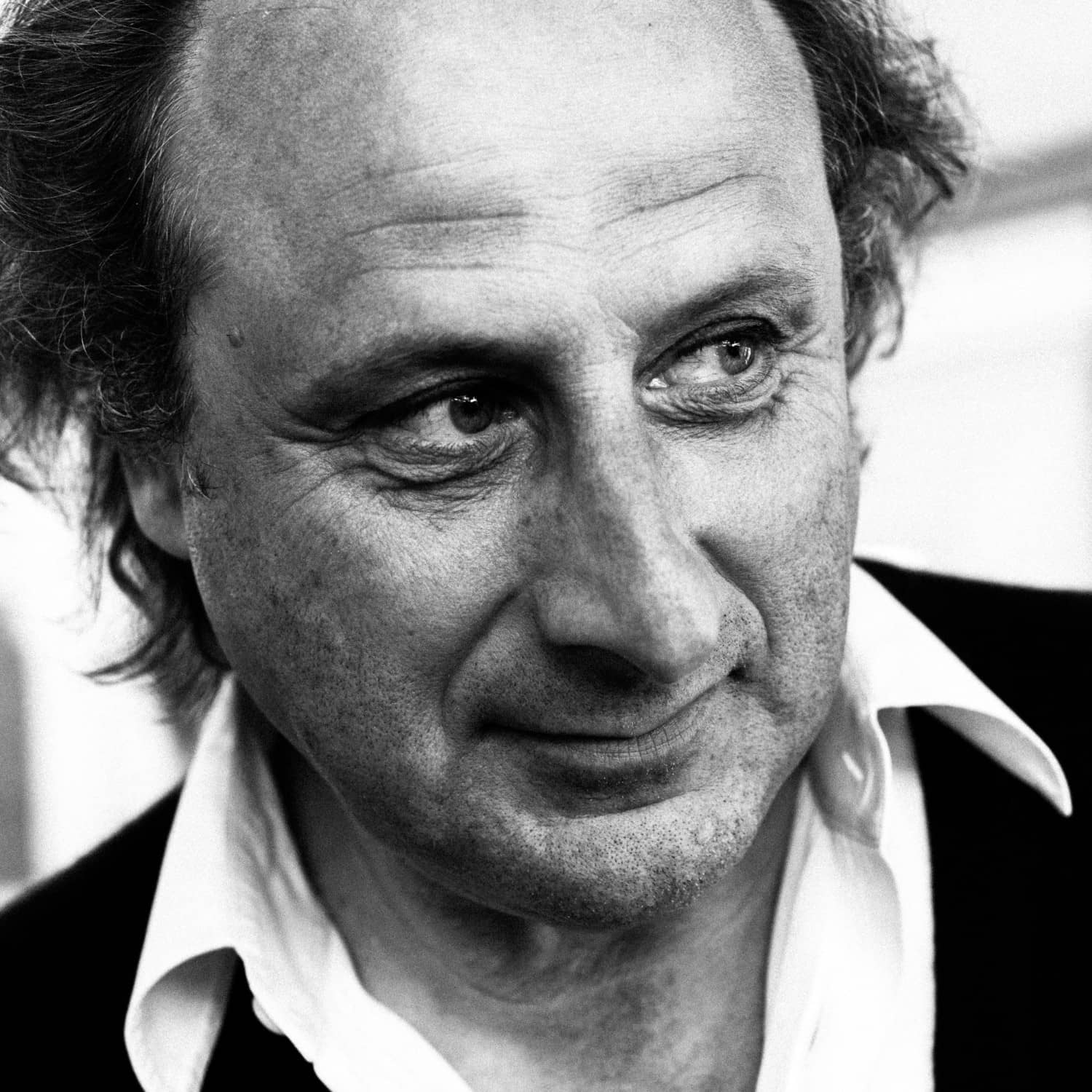Learn more about this project
The Circular Impulse Initiative
The Circular Impulse Initiative: A Synopsis
The Circular Impulse Initiative (CII) is a project intending to enhance the integration of circularity in BK education. I was asked to form and to coordinate a working group comprising of members of the faculty as well as students from FSC and Stylos. The plan was to come up with a feasible course of action that on the one hand would address student demands, while on the other, it would tend to the needs of our faculty’s personnel. Meanwhile, the Circular Built Environment Hub was also working in this direction in parallel, mapping the existing courses in terms of their circular potential and also setting the framework for our future circular education by designing the Circular Learning Objectives list.
Based on the input received by students, the CBE Hub experiences and the deliberations we held as a group for the following months, in the summer of 2021 we were able to finalize an action plan consisting of three distinct actions. The first one is coordinated by Mariette Overschie and focuses mainly on BSc education. It involves the organization and implementation of a series of extra-curricular activities with the aim of providing students with multiple opportunities for them to be inspired by circularity. These events comprise of talks, workshops, and on-site visits. Planning takes place in direct collaboration with the learning line coordinators and is contextualized to the needs of their courses.
The second action of this plan draws from the longstanding tradition of plan analysis within our faculty. We call it the ‘Circular Design Atlas’ and is coordinated by Mo Smit. The Atlas will accommodate a series of examples of circular design practices in the field of Architecture and the Built Environment. It aims to provide a better understanding of how circular thinking and principles can be integrated within the overall design and development process of building products, buildings, neighborhoods, cities and regions by showcasing exemplary case-studies on the different scale levels.
Finally, the third action focuses on providing support to you, the teachers and is coordinated by Olga Ioannou. This action is two-fold: it consists of the present module that we call ‘Circularity for Educators’ and a new platform for interaction and direct exchange, that we call ‘Educators for Circularity’. Whereas the current module provides with content on either circularity or pedagogy, the latter offers the opportunity for all of us to meet and share our experiences and learn from one another.
We are very excited to be putting our ideas in motion. As you will see, all of our actions are now intertwined and you will have the possibility to be entangled in them on multiple occasions. We welcome you our immediate colleagues, but also our colleagues from other institutions. We cordially invite you all to join us and to help us become stronger and better.
Thijs Asselbergs
